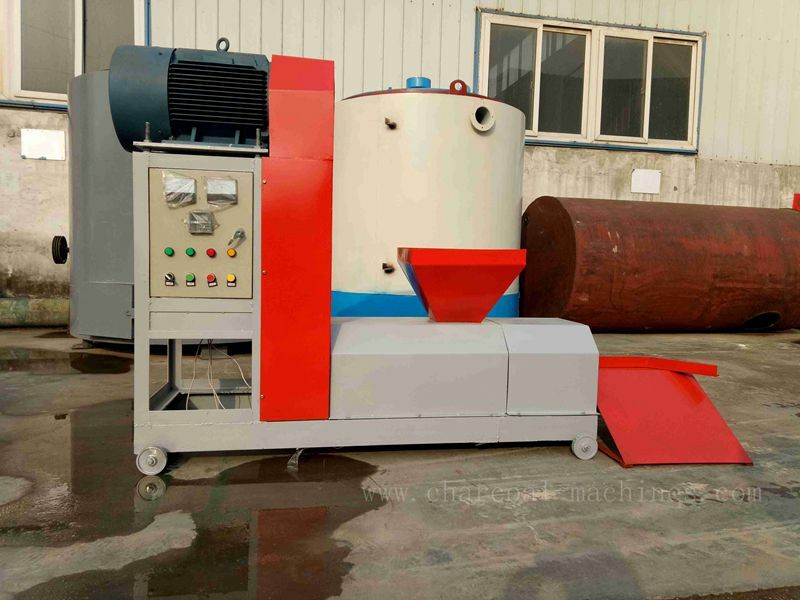Shuliy Holzkohle-Maschinen-Hersteller informieren alle über die Umwandlungsrate von Holzkohle aus Sägemehl: Wir alle wissen, dass Sägemehl das beste Rohmaterial für Holzkohle ist. Aus dem Sägemehl für den Holzkohle-Produktionsprozess haben wir es auch in dem vorherigen Artikel kurz vorgestellt.
Sägemehl für Holzkohle muss zuerst zu einem Dorn verarbeitet werden. Hier bezieht sich der Dorn auf die Halbfertig-Holzkohle, die aus der Holzkohle-Maschine (der Stangenmaschine) extrudiert wird. Nachdem der Dorn verkohlt ist, ist es die fertige Holzkohle. Dann fragt der Kunde, dies ist vom Dorn. Was ist das Verhältnis zur fertigen Holzkohle? Diese Frage ist sehr professionell,
Folgendes ist eine detaillierte Antwort von unserer Shuliy-Holzkohlemaschinenfabrik:

Das Verhältnis der Entkohlungsrate des Holzkohle-Brennmechanismus beträgt etwa 2,2 zu 1, was nur ein grobes Verhältnis ist. Das Verhältnis von Holzkohle ändert sich auch aufgrund des Materials der Rohstoffe. Der Gehaltsstab sollte gequetscht werden. Die Hochtemperaturformung erfordert keine Zugabe anderer Bindemittel, daher sind seine Hauptbestandteile Cellulose, Holzfasern und Wasser.
Dieser Teil des Wassers wird in Form von Wasserdampf dissipiert, bevor der Karbonisierungsprozess beginnt. Wenn die Hochtemperaturkohle gebrannt wird, wird der Anteil der Kohle stark reduziert, und die maximale Karbonisierungstemperatur erreicht 400 °C. Diese Kohle enthält jedoch immer noch eine geschätzte Menge an Teerresten und natürlichem Holzasche. Der Aschegehalt der Kohle liegt bei etwa 3 % – 5 %. Der Gehalt an Teerresten beträgt etwa 30 %.
Der andere verbleibende ist der sogenannte feste Kohlenstoff, der etwa 65 % – 70 % beträgt. Weiteres Erhitzen kann den Gehalt an festem Kohlenstoff erhöhen, indem mehr Teer zurückgedrängt und zersetzt wird. Wenn die Temperatur 500 °C erreicht, können 80 % des typischen Gehalts an festem Kohlenstoff und etwa 10 % des flüchtigen Gehalts gewonnen werden. Die Kohlenstoffentfernungsrate des mechanischen Holzkohlenprodukts nimmt mit steigender Endkohlentemperatur ab, daher sollte sie entsprechend der Art des produzierten mechanischen Kohlenstofftyps berechnet werden.
